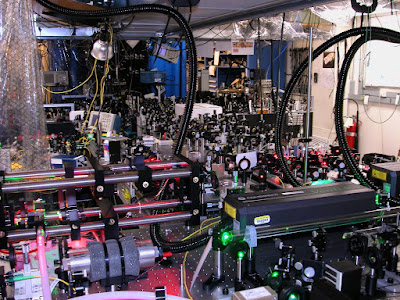
Pressure sensors got greener recently when Epson Toyocom (El Segundo, Calif.) announced a quartz microelectromechanical system (QMEMS) technology that eliminates the hazardous oils and gases used in most high-precision pressure sensors. High-precision pressure sensors today contain a pressure-transmitting medium, such as oil, that has the potential of leaking into the environment, an Epson Toyocom spokesperson said. The company's approach instead measures pressure with a frequency-stable QMEMS tuning fork as the pressure-sensing element. As pressure changes against the sensing element, the pressure-transmitting architecture directly reads out pressure without the risk that oil or hazardous gases will leach into the environment, the spokesperson said. The first model of the new architecture, the XP-7000, can directly measure pressure with an accuracy of ±0.05 percent. The QMEMS sensor is also 40 percent smaller than other, similar pressure sensors, according to Epson Toyocom.
Text: http://www.eetimes.com/showArticle.jhtml?articleID=218101881


















